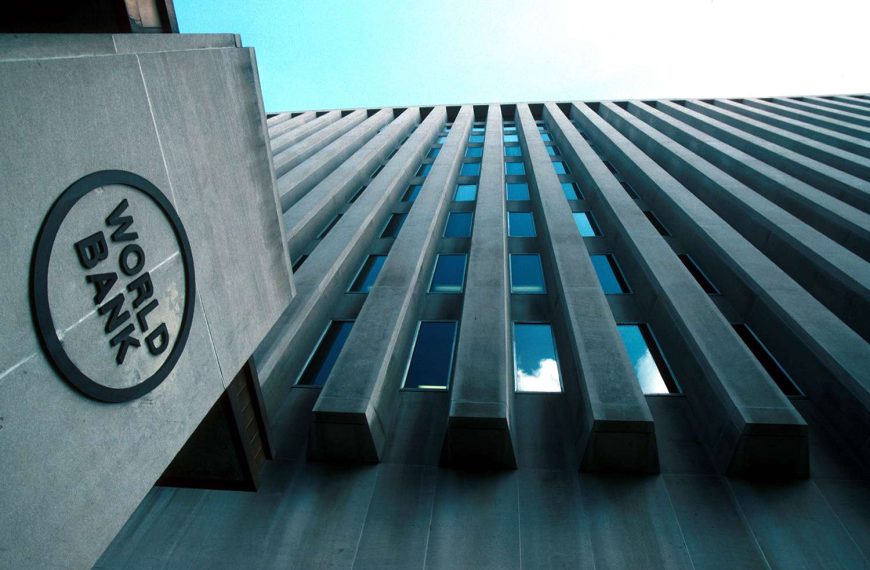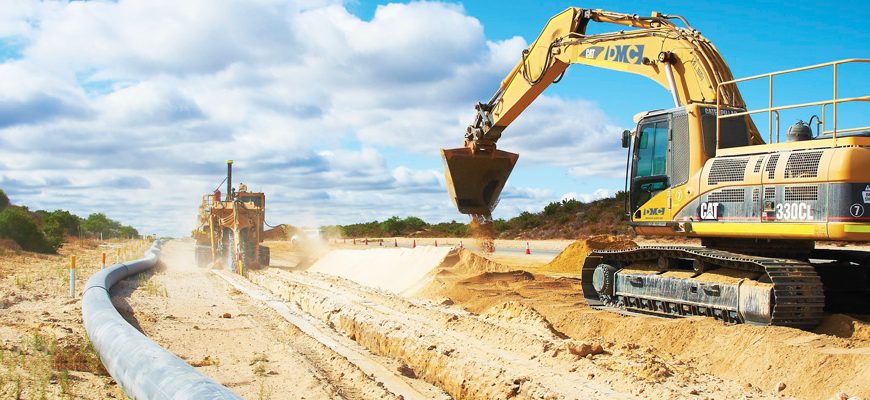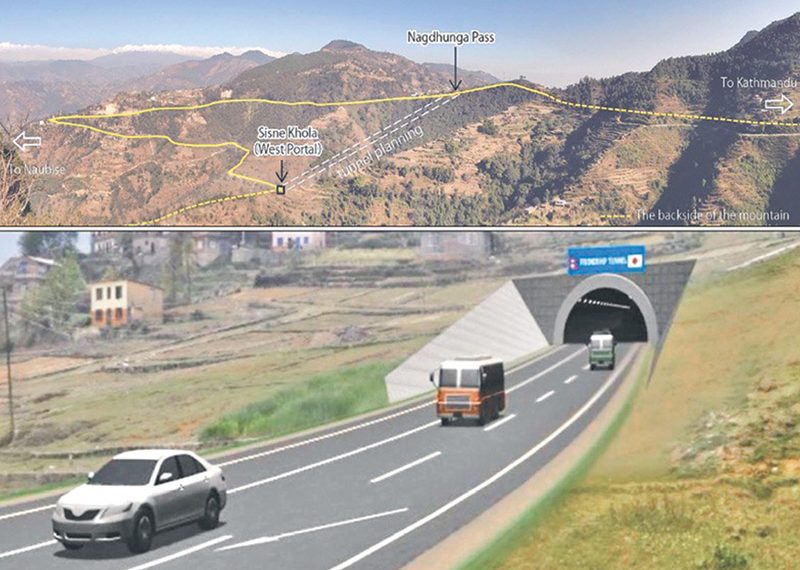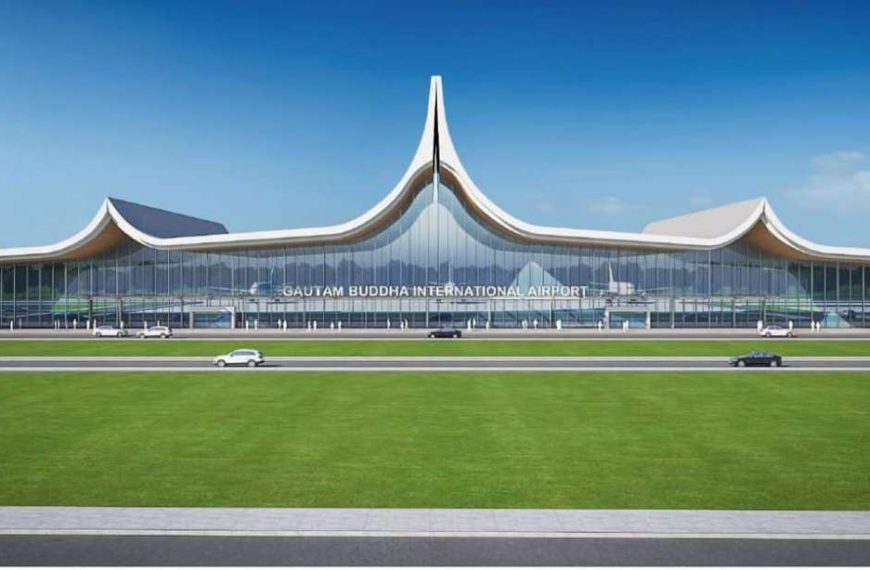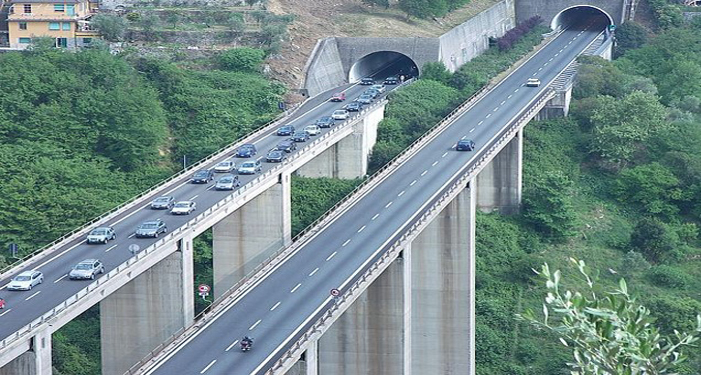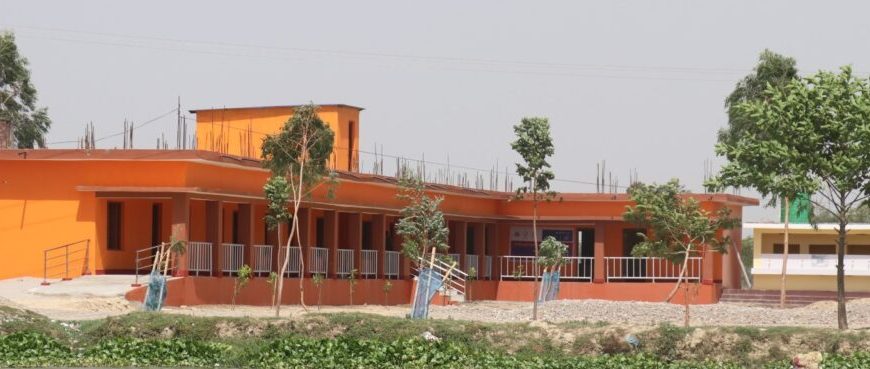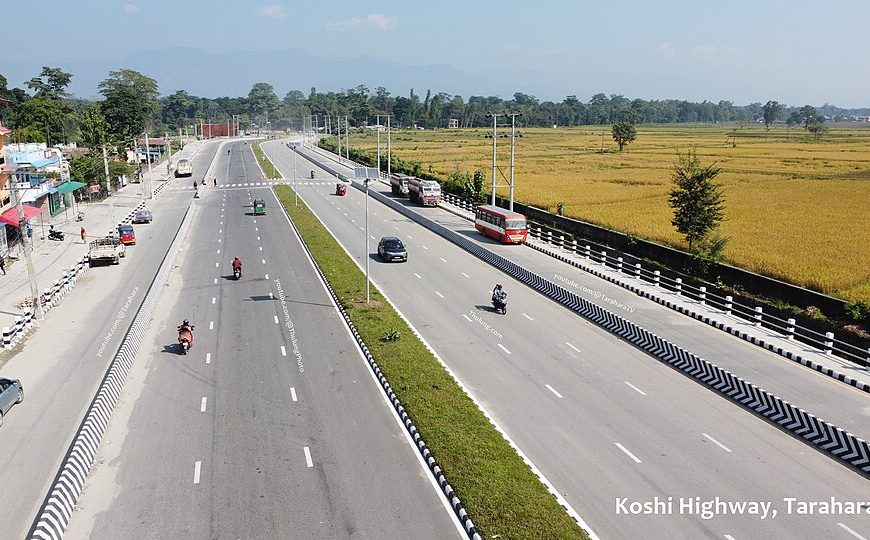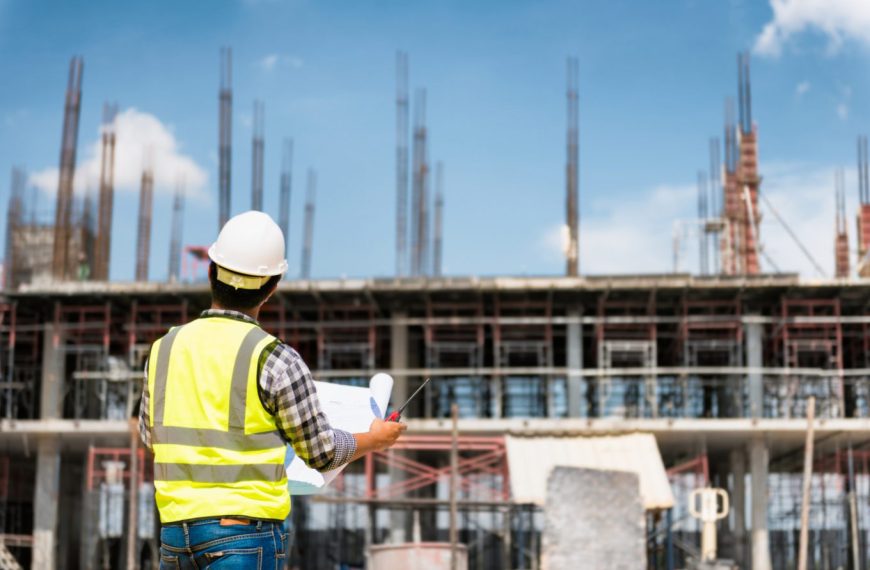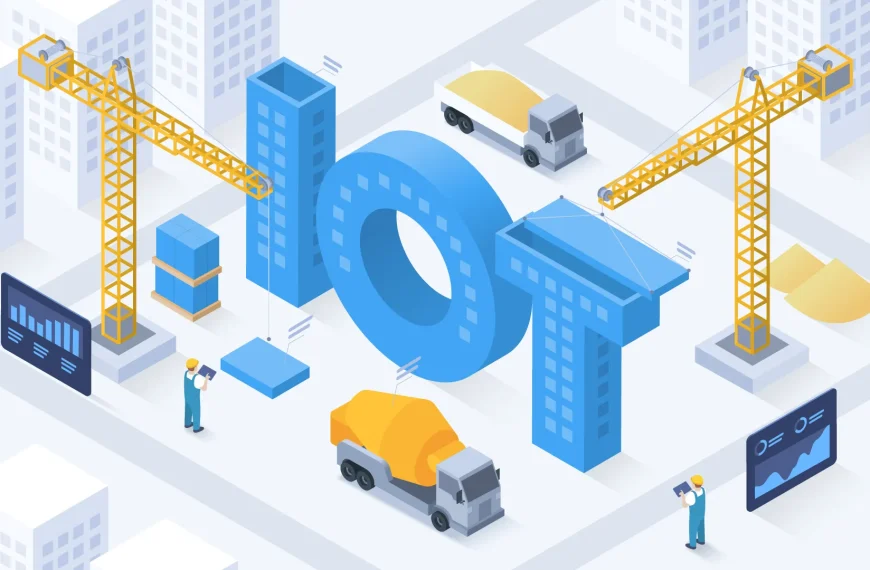Nepal’s transport infrastructure is undergoing significant transformation in 2025, driven by a strategic focus on sustainability, connectivity, and resilience. These developments are pivotal for bolstering economic growth, enhancing trade, and improving the quality of life for citizens across the nation.
Major Infrastructure Projects
- Kathmandu–Terai/Madhesh Expressway (Fast Track): This 70.98 km expressway aims to connect Kathmandu with Nijgadh, facilitating faster movement between the capital and the southern plains. As of early 2025, approximately 37% of the construction has been completed, with a revised completion target set for April 2027 .
- Ring Road Expansion in Kathmandu: To address urban congestion, the expansion of Kathmandu’s Ring Road is underway, aiming to improve traffic flow and reduce travel time within the city .
Sustainable and Green Initiatives
Nepal is making strides toward environmentally friendly transportation:
- Electric Vehicle (EV) Adoption: Over 70% of newly imported passenger vehicles are electric, a significant increase from just 250 vehicles in 2020-21. The government targets 90% of private and 60% of public vehicle sales to be electric by 2030, supported by reduced import taxes and a growing network of charging stations .
- Climate-Resilient Infrastructure: With support from the World Bank, Nepal is investing in climate-resilient road and bridge infrastructure, incorporating real-time monitoring systems to safeguard against extreme weather events .
Policy and Budgetary Considerations
In the fiscal year 2025/26, the Department of Roads has decided to focus solely on ongoing and previously approved projects, allocating the budget accordingly. This approach aims to ensure the completion and efficiency of existing infrastructure initiatives .
International Collaborations
Nepal’s engagement with international partners continues to shape its infrastructure landscape:
- Belt and Road Initiative (BRI): A framework agreement with China under the BRI aims to advance cooperation on infrastructure and trade projects, potentially including road upgrades and transportation corridors .
Conclusion
Nepal’s transport infrastructure development in 2025 reflects a commitment to sustainable growth, regional connectivity, and resilience. By focusing on strategic projects, embracing green technologies, and fostering international partnerships, Nepal is poised to transform its transportation sector, contributing to broader economic and social development goals.


